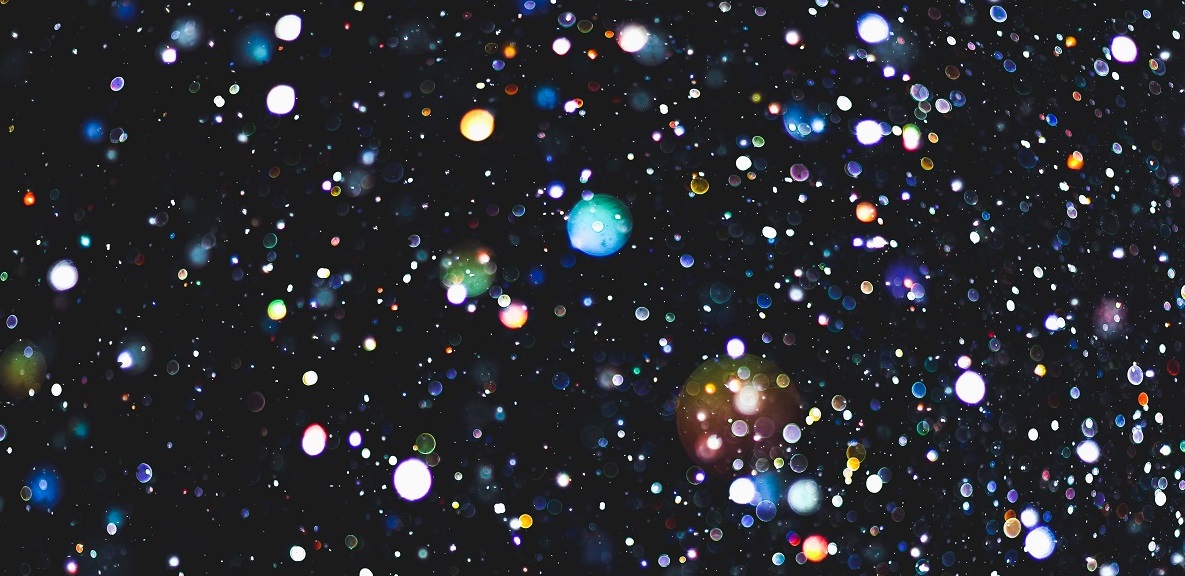 Derivatives are financial tools that can be used for good or ill. Many Canadian balanced funds covered by Morningstar attempt to use them to control their portfolio risk with mixed results. Here's a sample of strategies that successfully used instruments like currency forwards, index futures, and options:
Derivatives are financial tools that can be used for good or ill. Many Canadian balanced funds covered by Morningstar attempt to use them to control their portfolio risk with mixed results. Here's a sample of strategies that successfully used instruments like currency forwards, index futures, and options:
BMO Retirement – A Constant Collar Dampens the Downside
The three BMO Retirement Portfolios try to offer downside protection. However, unlike traditional allocation strategies, they don’t just mix stocks, bonds, and cash. Instead, they use derivatives in its two largest holdings: BMO Risk Reduction Equity and BMO Risk Reduction Fixed Income. The former employs a collar option strategy in which it holds passive ETFs tracking the S&P 500, S&P/TSX, and MSCI EAFE, and then buys out-of-the-money put options and sells out-of-the-money call options. This has the effect of limited downside and upside.
This worked in rocky markets like 2018 and 2022, when BMO Retirement Balanced F lost less than the Morningstar Canada Global Neutral Target Allocation Index. The price for lower volatility, however, has been a lower overall return. BMO Retirement Balanced F just slightly lagged its Morningstar category benchmark in the recent five-year period ending Aug. 31, 2023, by around 0.4 percentage points annualized.
CI Global Income and Growth – An Active Currency Overlay
One of the most common derivatives is the currency forward, which many investors use to lock in exchange rates at future dates to hedge out currency risks. CI Global Income and Growth holds many of these contracts across different currencies like the US Dollar and the Euro. CI’s Macroeconomic and FX Strategy group, which includes global strategist Drummond Brodeur, oversees maintenance and adjustments of these exposures.
The group also takes on active views on currencies. During the first month of 2023, the fund held bullish positions on the Canadian Dollar and bearish positions on the Japanese Yen and Euro. It’s another lever in a strategy that’s performed well over the last decade – CI Global Income & Growth Fund Class F’s 7.6% annualized return over the last ten years ending Aug. 31, 2023, ranks in the top decile among peers.
Sun Life Granite – The Hodgepodge Risk Management System
The Sun Life Granite series uses a mixture of underlying actively managed funds and passive ETFs from a wide array of subadvisors. Sometimes the active exposures from bottom-up managers can result in significant drifts from the portfolios’ benchmarks. To combat this, the Granite team introduced the Sun Life Tactical Completion Fund in 2016 to mute the combined portfolios’ tracking error against its prospectus benchmarks. The Tactical Completion fund can't be bought on its own and uses futures, currency forwards, and complex option strategies.
It seems to have done its job. Sun Life Granite Balanced F’s annualized tracking error against its prospectus benchmark fell from 3.7% before March 31, 2016, to 2.8% from Apr. 1, 2016, through Aug. 31, 2023. There isn’t a lot of transparency about how manager Aly Somani navigates the fund, though; its holdings aren’t disclosed as it is not a publicly available strategy.
Fidelity Managed Portfolios – Leveraging Vast Resources and Skill
Portfolio managers David Wolf and David Tulk lead a well-run set of strategies and efficiently express short-term ideas not only through cheap passive ETFs but also through currency forwards and futures contracts. The Managed Portfolios benefit from many of the other positive traits highlighted in the strategies mentioned. Like CI, a top-down focused group use currency forwards not only to hedge foreign currency exposure but also to take active views on future exchange rates. Like Sun Life, the team also shorts futures contracts on broad market indexes to realign geographic exposure of the portfolio to fit the expectations of the allocators.
The managers’ deep and differentiated understanding of inflation and central banks – both previously worked at the Bank of Canada – fit well with a wealth of tools and levers Wolf and Tulk have at their disposal. A large 100-member Global Allocation Team provides deep resources and systems to support them here. It’s paid off well. Since the introduction of tactical asset allocation in October 2013, Fidelity Global Balanced has outperformed Morningstar Canadian Global Neutral Target Allocation Index by 1.1 percentage points annualized through Aug. 31, 2023.
Conclusion
The four strategies highlighted overwhelmingly use derivatives for risk management, combating downside risk, currency risk, tracking error, or a combination. They appeared to have successfully used these tools. Additional levers give allocators and structures the opportunity to create advantages over peers if sufficient resources back them. It’s one of the many things Morningstar assesses when evaluating strategies.























